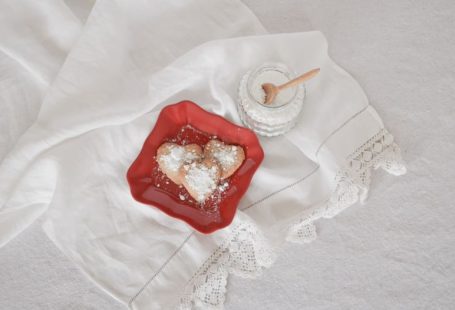The Crusades and Sugar: the Sweet Spoils of War
In the tumultuous era of the Crusades, when armies clashed and kingdoms rose and fell in the name of religion and conquest, a seemingly inconspicuous commodity would emerge as one of the most coveted spoils of war – sugar. This crystalline substance, once a luxury reserved for the elite, would become a symbol of wealth, power, and exoticism in medieval Europe. The story of sugar’s journey from a rare spice to a ubiquitous ingredient is a fascinating tale of conquest, trade, and cultural exchange.
The Sweet Temptation of Sugar
As the Crusaders embarked on their holy wars to reclaim the Holy Land from Muslim rule in the 11th to the 13th centuries, they were introduced to a world of spices, silks, and luxuries previously unknown in Europe. Among these treasures was sugar, a product of the fertile lands of the Middle East and Asia where sugarcane thrived. The Crusaders, accustomed to the bland and coarse diet of medieval Europe, were immediately captivated by the sweet taste of sugar and its ability to transform even the simplest of dishes into culinary delights.
The Spice Trade and the Rise of Sugar
The Crusades not only brought sugar to the shores of Europe but also catalyzed the growth of the spice trade, connecting the East and the West in a network of commerce that would shape the economies and cultures of both regions for centuries to come. Sugar, once a rare and expensive commodity, became more widely available as trade routes expanded and production techniques improved. European nobility and merchants vied for access to this “white gold,” which had the power to symbolize status and sophistication.
The Sugar Plantations of the New World
The Age of Exploration in the 15th and 16th centuries would further transform the sugar industry, as European powers established colonies in the Americas to exploit the fertile lands and abundant natural resources of the New World. The Caribbean islands, in particular, became epicenters of sugar production, with vast plantations worked by enslaved Africans to satisfy the growing demand for sugar in Europe. The triangular trade route that emerged, linking Europe, Africa, and the Americas, facilitated the exchange of goods, labor, and capital on an unprecedented scale.
Sugar and Slavery: a Bitter Legacy
The dark side of the sugar trade cannot be ignored, as the demand for cheap labor to work the plantations led to the widespread use of African slaves in the Americas. The brutal conditions endured by enslaved Africans, forced to toil in the fields under the scorching sun, are a stark reminder of the human cost of the sugar industry’s expansion. The legacy of slavery and exploitation continues to haunt the history of sugar, even as it remains a staple of modern diets and economies.
The Sweet Success of Sugar in Modern Times
Despite its troubled past, sugar remains a ubiquitous presence in our lives today, found in everything from soft drinks to pastries to processed foods. The global sugar industry is a multi-billion-dollar business, with major producers like Brazil, India, and Thailand leading the way in sugar production. However, concerns about the health effects of excessive sugar consumption, including obesity, diabetes, and other chronic diseases, have prompted calls for greater regulation and awareness of the risks associated with this sweet substance.
In conclusion, the story of sugar and its role in the Crusades is a complex and multifaceted one, encompassing themes of conquest, trade, exploitation, and cultural exchange. From its origins as a rare luxury in the Middle East to its transformation into a global commodity that shapes economies and societies around the world, sugar’s journey is a testament to the power of human desire and ingenuity. As we continue to grapple with the legacy of sugar in our modern world, it is important to remember the sweet spoils of war and the bitter truths that lie beneath its crystalline surface.





